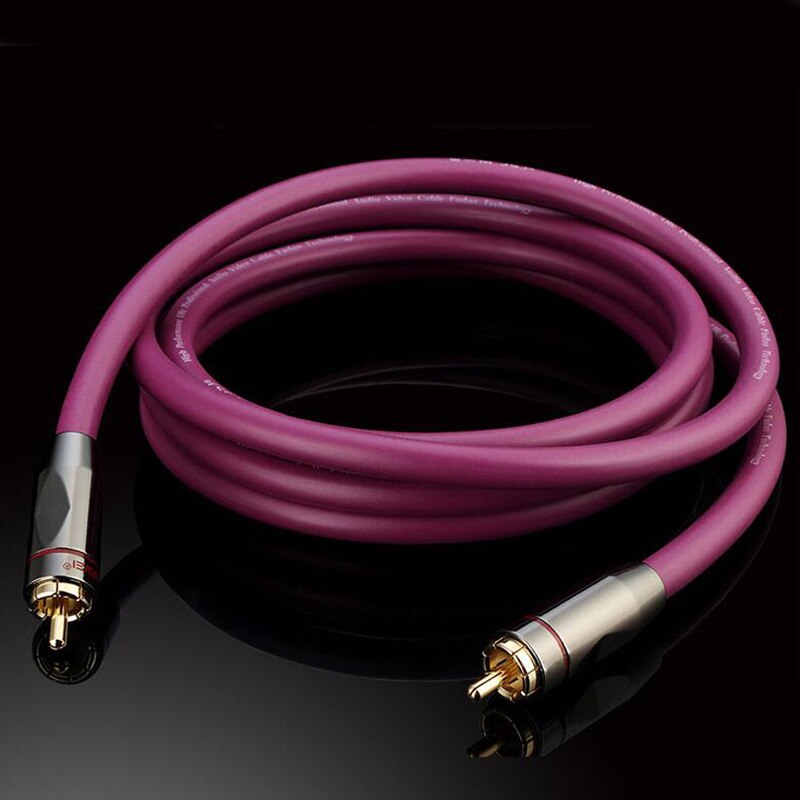For those of you in the market for coaxial speaker cable, there are a few things that you should know before you go on a shopping spree. Find out what separates shielded and unshielded cables, how to tell the difference between high-quality and low-quality cables, and more.
What is Coaxial Speaker Cable?
A coaxial speaker cable is a type of electrical cable that is used to connect speakers to amplifiers or receivers. The term “coaxial” refers to the fact that the cable has two conductors (an inner conductor and an outer conductor) that are arranged in a cylindrical shape. The inner conductor is typically made of copper or aluminum, while the outer conductor is typically made of copper or steel.
The most common use for coaxial speaker cables is to connect powered speakers to an amplifier or receiver. The reason for this is that coaxial cables can carry a much higher current than other types of electrical cables, such as twisted pairs or shielded twisted pairs. This means that it can deliver more power to the speaker, which results in better sound quality.
Related Article:
In addition to connecting powered speakers to an amplifier or receiver, a coaxial speaker cable can also be used to connect passive speakers to an amplifier or receiver. Passive speakers do not have their own power source and rely on the power from the amplifier or receiver to operate. Coaxial speaker cable is often used for this purpose because they can carry a higher current than other types of electrical cables.
If you are looking for a high-quality coaxial speaker cable, Belden is a good option. Belden offers both shielded and unshielded coaxial speaker cables in various gauges and lengths.
Why Use Coaxial Speaker Cable?
A coaxial speaker cable is a type of electrical cable that is designed to transmit audio signals. It is typically used to connect amplifiers and speakers, and can also be used to connect other audio equipment. Coaxial cable is made up of two conductors, an inner conductor and an outer shield, which are separated by an insulator. The inner conductor is typically made of copper, while the outer shield is made of aluminum or copper.
Coaxial speaker cable offers several advantages over other types of speaker cables. First, it provides superior electrical performance due to its low impedance and capacitance. This means that it can transmit audio signals with less distortion than other types of cables. Additionally, coaxial cable is less susceptible to electromagnetic interference (EMI), making it ideal for use in applications where noise reduction is important. Finally, coaxial cable is relatively easy to install and does not require special connectors.
How to Buy Coaxial Speaker Cable
There are a few things to keep in mind when purchasing coaxial speaker cables. First, consider the gauge of the cable. The thicker the gauge, the better the sound quality will be. However, thicker cables are also more expensive. Second, think about the length of the cable you need. The longer the cable, the more expensive it will be. Finally, decide if you want oxygen-free or standard copper wire. The oxygen-free wire is more expensive but will provide better sound quality.
How to Install Coaxial Speaker Cable
Installing a coaxial speaker cable is a simple process that can be completed in a few easy steps. First, determine the length of cable you need and cut it to size. Next, strip away the outer jacketing of the cable to expose the inner conductor. Then, twist the inner conductor around the outer conductor to create a tight connection. Finally, secure the connection with electrical tape or another type of insulation.
Conclusion
There is a lot to know about coaxial speaker cable, but hopefully, this article has given you a good starting point. Coaxial cable is an important part of any audio setup, and it is important to choose the right type and size for your needs. With so many options on the market, it can be overwhelming to try to figure out which one is best for you. However, by considering the factors we discussed in this article, you should be able to narrow down your choices and find the perfect coaxial cable for your system.



